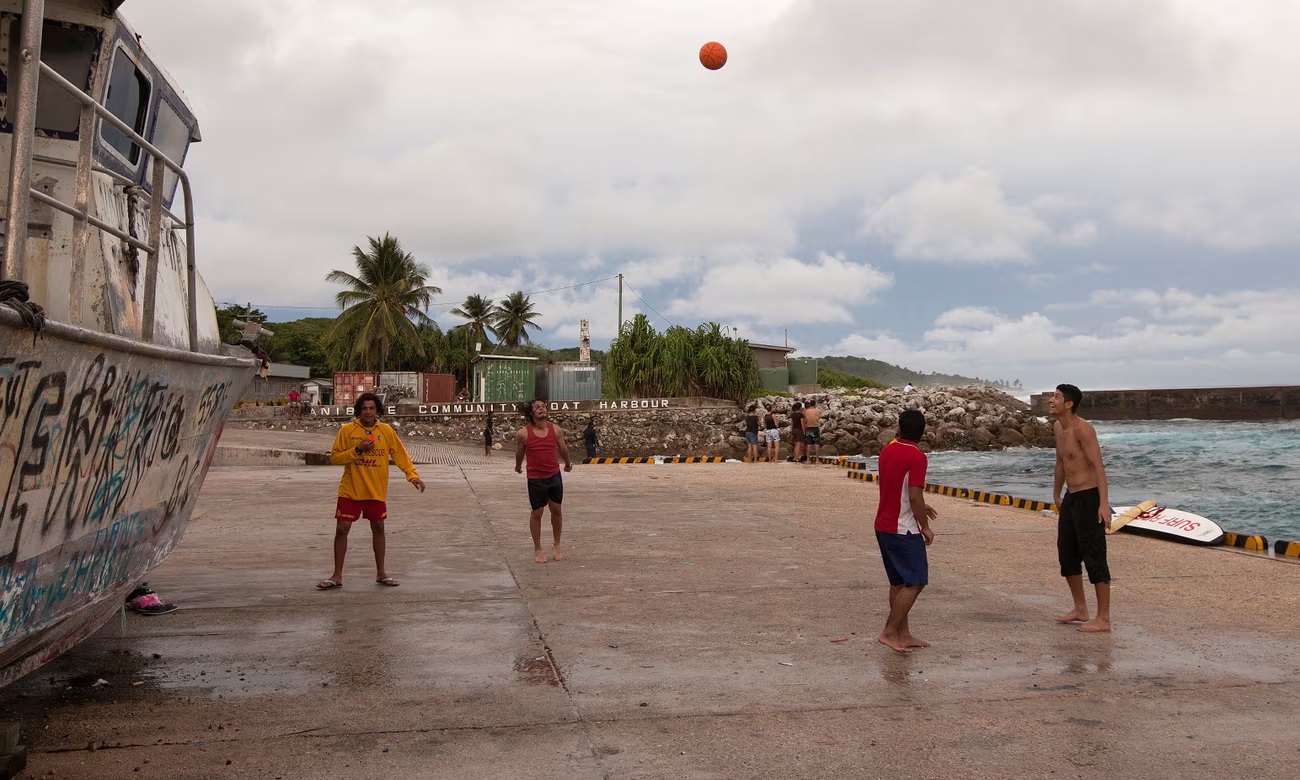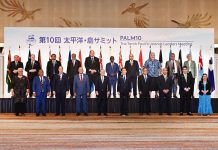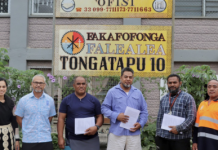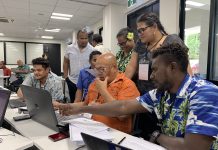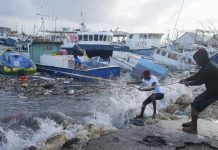By Amy McLennan
Fifty years ago, a diabetes survey in the Republic of Nauru concluded that a third of Nauruans had type 2 diabetes. It was the first time the relatively uncommon disease was found to be widespread in a national population, and it led researchers to raise the alarm about a potential “global diabetes epidemic”.
At the time, there was little other research about population-scale diabetes, so the researchers made some assumptions to explain their data and propose a way forward. First, they said that diabetes in Nauru was probably caused by a genetic predisposition of islander populations to diabetes (a hypothesis later critiqued by its original author, and which remains unsupported by data – archaeological, anthropological or genetic); modernisation of islander lifestyles leading to a high-calorie diet (a theory my colleagues and I have since challenged); and reduced physical activity, and obesity. Second, they suggested these causes could be best addressed by nutrition and lifestyle education.
Subsequent surveys have built on these assertions, and for 50 years’ researchers have focused predominantly on diet and physical activity as both cause and cure for type 2 diabetes in Nauru.
Despite decades of interventions informed by these surveys, type 2 diabetes remains a leading cause of death and disability, along with heart disease and stroke, in the Pacific island nation. There is also significant diabetes-related disability, from gangrenous or amputated limbs to blindness to kidney disease, and many people experience debilitating side-effects of diabetes medications. Life expectancy remains low: about 60 years for men and 66 for women.
How is it possible that 50 years later, when evidence points to little improvement, we are still making similar assumptions and coming to similar conclusions about type 2 diabetes?
What if the assumptions were wrong?
In the early 2010s, I set out to study obesity in Nauru. Building on previous research, I aimed to trace how people’s diets and physical activity had changed throughout the 20th century. Yet during my year on the island, it became clear that diet and activity were not the most significant changes the people of Nauru felt they had experienced.
I pivoted my research to focus on their voices. I documented histories of low socioeconomic status, social stress and fraying families linked to colonialism, wealth, poverty and land loss on the island. I learned about changes linked to globalisation, medicine, mining, technology, migration and two world wars. I avoided drinking from the national desalination plant, which often had high levels of bacteria. I inhaled the fog of fine white dust from the phosphate mines that left a powdery film of “Nauruan snow” through houses and on my glasses.
These aspects of Nauruan life all coincide with the rise of type 2 diabetes as a population-wide phenomenon on the island. They do not, however, fit neatly into the 50-year-old framing of diabetes as simply a product of individual diet and physical activity behaviours.
I had initially assumed that the medical facts that echoed through the decades of diabetes research on the island must be right, and that my social research was somehow flawed. Now, I’m not so sure. A creeping sense of doubt has led me to pause and question the assertions made in that initial diabetes survey.
Debunking the idea of an isolated nation
In 1974, just six years after Nauru gained political independence from colonial powers, the Nauruan minister for health and education, Austin Bernicke, gave the go-ahead for the world’s first national diabetes survey.
The Australian survey team tested 100 people on the first day. The results were so unexpected that one of the researchers assumed the blood glucose methodology was flawed and promptly returned to Melbourne.
Yet the methodology was sound. The survey concluded that 34% of Nauruans – and two-thirds of those aged over 40 – had diabetes.
The final report’s suggestion that western diets and activity levels had led to diabetes among islanders – but not among westerners – hinged on a third assumption: that islands such as Nauru had been isolated from “contact with white men” until the second world war, after which rapid modernisation occurred.
Evidence paints a different picture. Since the late-1800s, the people of Nauru had different facets of life controlled by different colonial authorities (including Germany, Britain, New Zealand and Australia). They had experienced racial segregation, Japanese occupation, and a fight for political independence. They had been subjected to education programmes in missions and colonial schools and engaged with the cultures of whalers, traders and Chinese mining labourers. With its commercial and strategic significance as a wireless and telegraphy station, and its high-grade phosphate used to fertilise crops in many nations, Nauru has been connected to the world for more than a century longer than the report had assumed.
The survey team did not look at this history, perhaps because they had already narrowed their scope to focus on factors that had previously been linked to diabetes in individuals. They recommended that the Nauru government should change diet and physical activity levels in the nation by appointing an overseas-trained dietician, and importing western diet and exercise education.
Considering factors beyond diet and exercise
Our continued emphasis on intervening in diet and physical activity to address diabetes in Nauru is curious given that some research in the past 50 years has pointed to other possibilities. For example, low socioeconomic status, chronic stress, social isolation and loneliness and systemic inflammation have all been linked to diabetes, as well as exposure to poor air quality and changing gut microbiota.
We find these in Nauru – if we look for them. Yet such possibilities never seem to find a way into shaping interventions, medical education or government decision-making. This extends well beyond diabetes in Nauru. The global mantra of type 2 diabetes continues to centre on diet and exercise, and sometimes genetics, with little accommodation for other contributing factors. For example, the World Health Organisation’s fact sheet on diabetes states: “Factors that contribute to developing type 2 diabetes include being overweight, not getting enough exercise, and genetics.”
We don’t often talk about it, but a significant barrier to improving public health outcomes is identifying when a belief assumed to be “fact” no longer serves us, such as the belief that cholera was caused by bad air. It can take decades for such beliefs to harden as “fact” among medical practitioners, decision-makers and the public, and decades more to chip them away again. Perhaps diabetes is no different.
Finding new ways forward
If a starting assumption about health is flawed, then any new intervention, however innovative, will at best fail, and at worst aggravate the problem. By doubting historical assertions about diabetes, by re-examining what we believe to be “fact”, and why, we create space for new questions, perspectives and possibilities for intervention. For example, what are the links between colonialism, land loss, socioeconomic inequality, chronic stress and diabetes on the island? How have islanders’ microbiome and mycobiome changed over time and what are the population health implications? Could we consider diabetes as a product of population exposures to inflammatory agents, from ultra-processed foods to poor air, and intervene by holding to account those responsible for such exposures?
This does not necessarily preclude diet or physical activity as contributory factors, but it does require us to ask more questions about why these factors have come to dominate the type 2 diabetes landscape, where they might fit in future, what are the unintended consequences of intervening in them, and how to de-centre something so tightly held as a universal truth.
If we let go of 50-year-old ways of thinking, places such as Nauru may help the rest of the world to find new ways forward.






